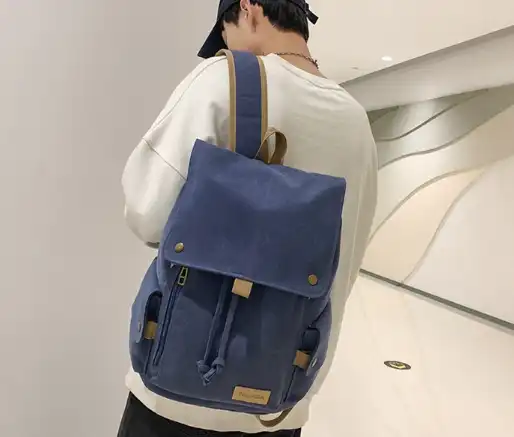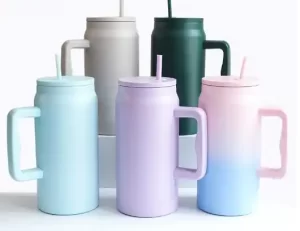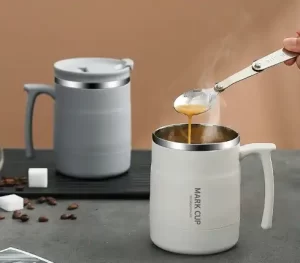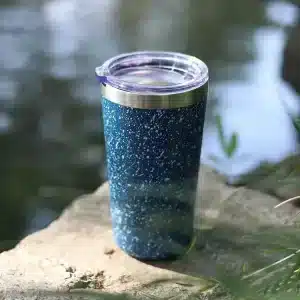Generally, the description of the fabric in the backpacks manual is not very detailed, it only says whether it is CORDURA or HD. What it refers to is simply a method of weaving. A more detailed description should be material + fiber content + textile method. For example: N. 1000D CORDURA, which is 1000D nylon CORDURA material. Let FuWinn Housewares reveal the secret below.
So what does the D in the travel backpack mean?
Many people think that the “D” in travel backpackmaterials represents density, or weight. This is all wrong. D is the abbreviation of denier. Denier is the unit of measurement.
The calculation method is: every 9,000 meters of wire weighs 1 gram and is called Denier. So, in front of D, when the number is smaller, it will be more thinner and more density. Like 210D, it means the material has very fine texture and is generally used as the lining or compartment of a bag. The 900D or 1000D material has thick textures and thick lines, which are very wear-resistant and are generally used as the bottom of travel backpack.
What materials are commonly used in waterproof backpack?
The raw materials of fabrics generally used on waterproof backpack are Nylon and Poly, and occasionally the two materials are mixed together.
Nyl on is nylon and Poly is polyethylene. Both materials are extracted from petroleum. Nylon is of better quality than Poly, but of course it is more expensive. In terms of fabric, Nylon will be more softer.
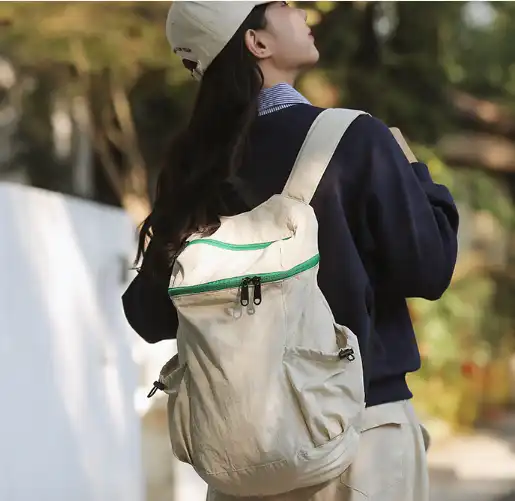
What are fabrics that often used for backpack?
The following are the fabrics we often use in bag suppliers, which can be roughly divided into 11 types. Let’s give a brief introduction for the backpack.
1. CORDURA
It is a kind of fabric invented by DuPont. It is light, quick-drying, soft and durable, and it is not easy to change color after long-term use. It is said that this kind of fabric will appear two colors when viewed from different angles. No one except DuPont knows how to produce this material.
It is generally woven with Nylon, usually material is like 160D, 210D, 330D, 420D, 600D, 900D, 1000D, etc. The higher the number, the stronger it is and the thicker the texture. And 160D & 210D are picked for backbag lining . This kind of material has a coating on the back, so the material won’t get wet under normal moderate rain.
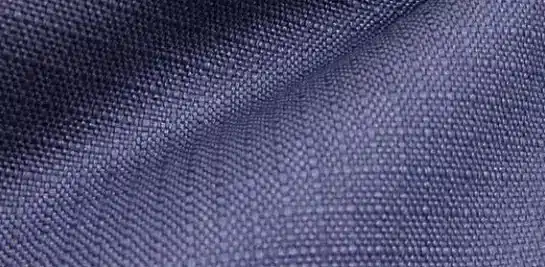
2. KODRA
KODRA is a fabric produced in South Korea. To a certain extent it can be instead of CORDURA. It is said that the inventor of this fabric originally wanted to study how CORDURA is spun, but in the end he failed to do so, but invented a new fabric, which is KODRA. This fabric is generally woven with Nylon, and fiber density is also used as the strength standard, such as 600D and 1000D. The coated reverse side is similar with CORDURA.
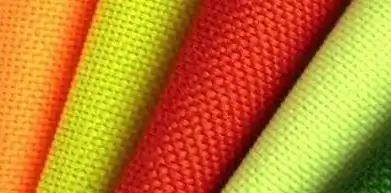
3.OXFORD
The warp thread of Oxford spinning is made of two strands of thread, and the weft thread is also made of relatively thick thread.One up and down is the weaving method. Generally, it is made of 210D and 420D materials. The reverse side is coated. Use as a lining or compartment in a backpack.
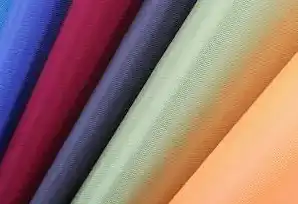
4.HD
HD is the abbreviation of High Density, which means high density. The fabric looks similar to OXFORD. Generally 210D, 420D, usually used as the lining or compartment of backpacks. The reverse side is coated.
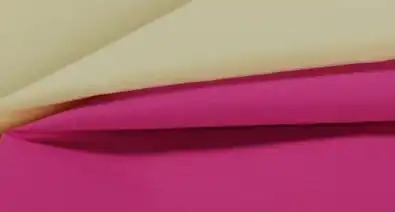
5.R/S
R/S is the abbreviation of Rip stop. This fabric is nylon with small squares. Its toughness is stronger than ordinary nylon, and the outer edges of the squares on the fabric are made of thicker threads. And 300D, 330D, 450D is used most. This material is used as the main material of backpacks, such as the surface, outer pockets and other parts. The reverse side is coated.
6.Dobby
When you see carefully, you will find that dobby’s fabric is made of two kinds of threads, one thick and one thin, with different textures on the front and back. Generally very little coating. The strength is much worse than Cordura, and it is generally only used in casual bags or short-distance travel backpack. Not on a hiking backpack.
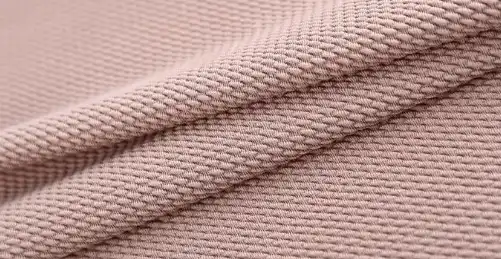
7.VELOCITY
VELOCITY is also a nylon cloth. The intensity is high. It is also commonly used on hiking backpack. The reverse side is coated. There are 420D or higher strengths. The front of the fabric looks a lot like Dobby.
8. TAFFETA
TAFFETA is a very thin coated fabric, and some are coated more than once, so it has better waterproof performance. Generally, they are not used as the main fabric of backpacks, but only as raincoats or rain covers for backpacks.
9.PolyPU
Poly is generally used instead. The density is generally 64t(low), 74t(medium), 82t(high). The fabric becomes stronger and stronger from 150D to 1800D. Generally, those with a high strength of 600D can be used as the bottom of mountaineering backpacks. However, its textile method is not as strong as CORDURA.
10. AIR MESH
Generally speaking, it is called Space Network in Chinese, and it is different from ordinary networks. There is a gap between the mesh surface and the material below, usually 3mm or larger. It is this gap that gives it good ventilation performance, so it is generally used as a strap or back or other place close to the body.
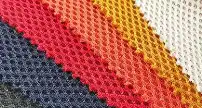
11.Mesh
General networks have many specifications, so I won’t introduce them one by one. Nylon nets used on backpacks are usually only placed on both sides of the bag as utility pockets or water pockets.
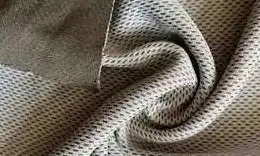
So in general, good fabrics, whether they are Poly or Nylon, are soft to the touch, have a proper coating on the back, and do not look like a plastic layer, and the texture of the fabric can also be seen. Quickly check what kind of material your backpacks is made of.

